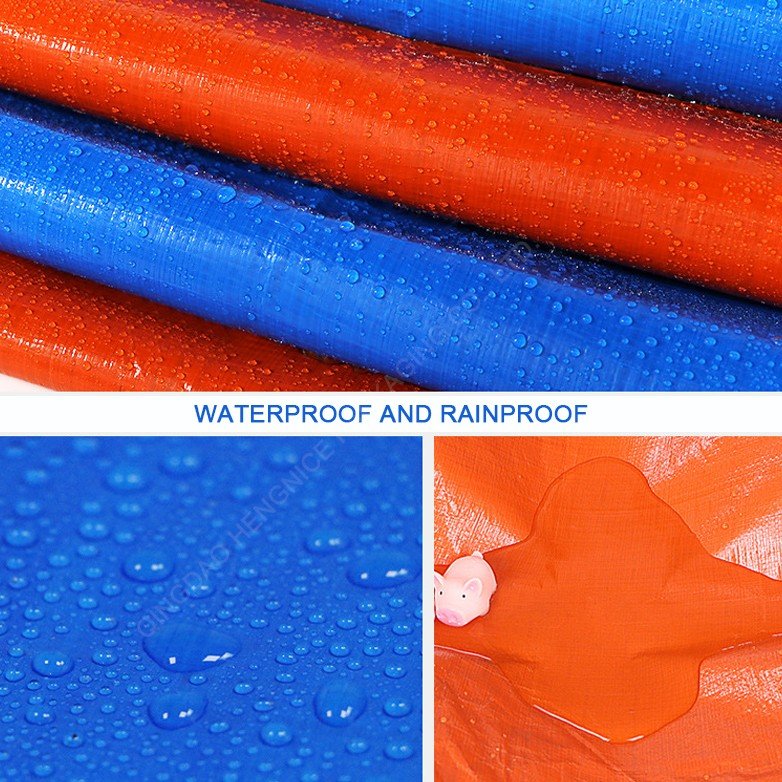
PE (Polyethylene) tarpaulin and PVC (Polyvinyl Chloride) are two different materials commonly used for making tarpaulins, which are versatile, durable, and waterproof sheets used for a variety of outdoor applications, such as covering and protecting objects, as well as for camping, gardening, and construction purposes.

Here are some differences between PE tarpaulin and PVC:
1. Material: PE tarpaulin is made from woven high-density polyethylene, while PVC tarpaulin is made from woven polyester fabric coated with a layer of polyvinyl chloride.
2. Durability: PVC is generally considered more durable and long-lasting than PE. PVC is resistant to chemicals, UV rays, abrasion, and tear, while PE is less resistant to these factors.
3. Weight: PE tarpaulin is generally lighter than PVC tarpaulin, which makes it more portable and easier to handle.
4. Cost: PE tarpaulin is typically less expensive than PVC, making it a more cost-effective option for short-term use or for applications where durability is not as critical.
5. Environmental impact: PVC has been associated with environmental concerns due to the chemicals used in its manufacturing process and its non-biodegradable nature, while PE is generally considered a more eco-friendly option.
Overall, the choice between PE and PVC tarpaulin will depend on your specific needs and application. If you need a tarpaulin that is highly durable and can withstand harsh weather conditions, PVC may be the better choice. On the other hand, if you need a lightweight and affordable option for short-term use, PE may be the better choice.